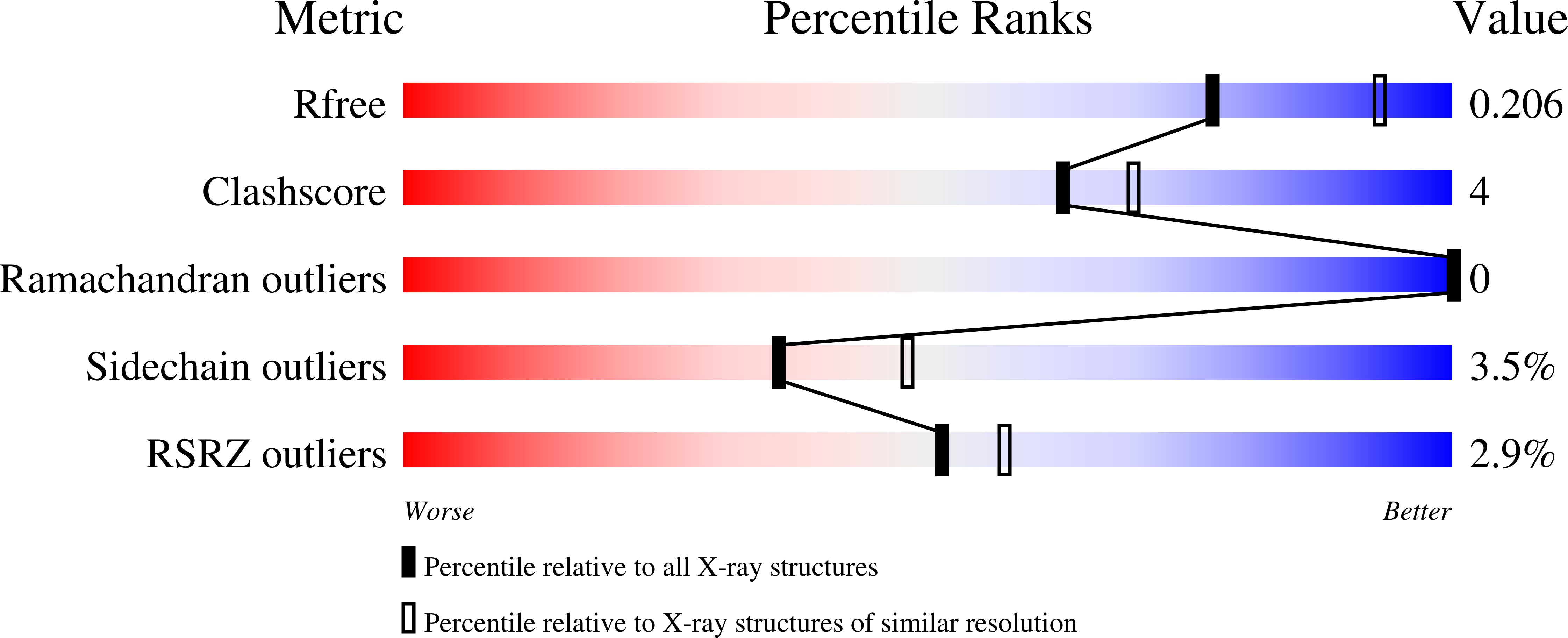
Deposition Date
2022-01-03
Release Date
2022-07-27
Last Version Date
2024-10-09
Entry Detail
PDB ID:
7TDR
Keywords:
Title:
Labrum-interacting protein from saliva LIPS-2 (34K-2) from Aedes albopictus, selenomethionine derivative
Biological Source:
Source Organism:
Aedes albopictus (Taxon ID: 7160)
Host Organism:
Method Details:
Experimental Method:
Resolution:
2.28 Å
R-Value Free:
0.20
R-Value Work:
0.19
Space Group:
P 43 21 2


